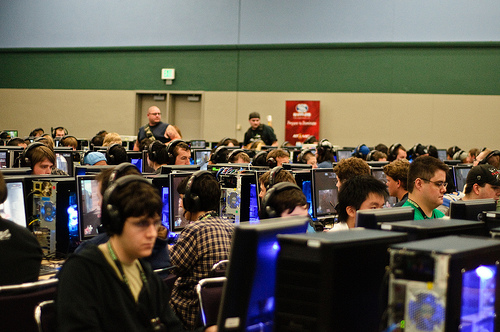This is just a brief follow up post from a couple of days ago when I questioned the meaning of surveys that demonstrated kids in England were more likely to own a phone than a book (check out the post here).
As I was conducting my daily wander through cyber space today I happened across this article about how e-readers are actually offering new avenues for educators that will result in improved reading outcomes for students.
Educators at Kansas State University have been exploring the use of e-readers, namely Amazon’s Kindle, for teaching reading to students as young as second class. Their conclusions suggest that technology offers genuine opportunities to facilitate more engaged learning environments which may in fact improve literacy and learning.
Such insights further reinforce the point that new technology brings with it just as many, if not more, opportunities than it does threats. It does threaten traditional media and associated educational practices, as I am sure the printing press did in its own way in a previous revolution. The point is that our assessment of technology and its effects on kids and teenagers should not be based on how it is affecting current traditional learning paradigms, rather evaluation should be on outcomes that are achievable because of the new affordances technology offers.
Teenagers are going to be adults in a rapidly changing world with a technological landscape we can barely imagine. In their future world paper books may go the way of vinyl records and public phone boxes – quaint relics that are found here and there. Conversation about literacy standards and education must take place with this forward looking perspective, to do otherwise would be a disservice to our kids.
Rant complete!






